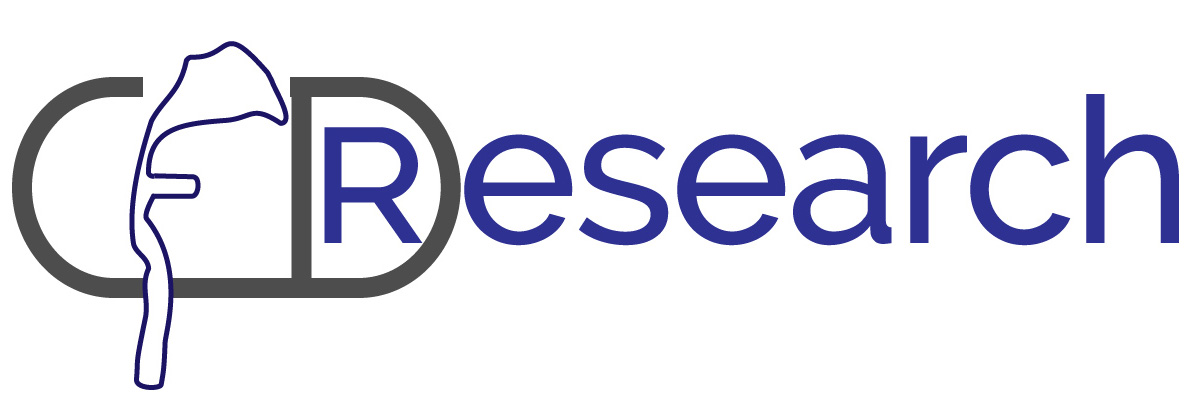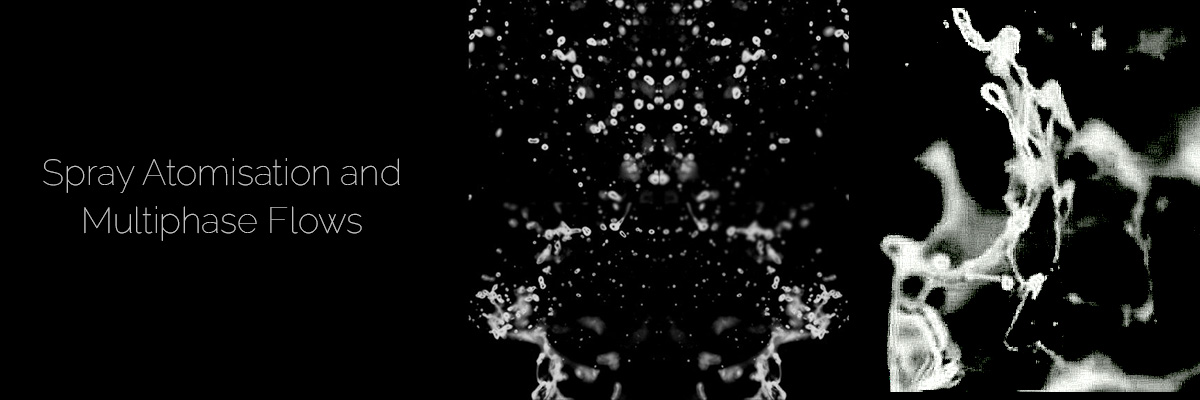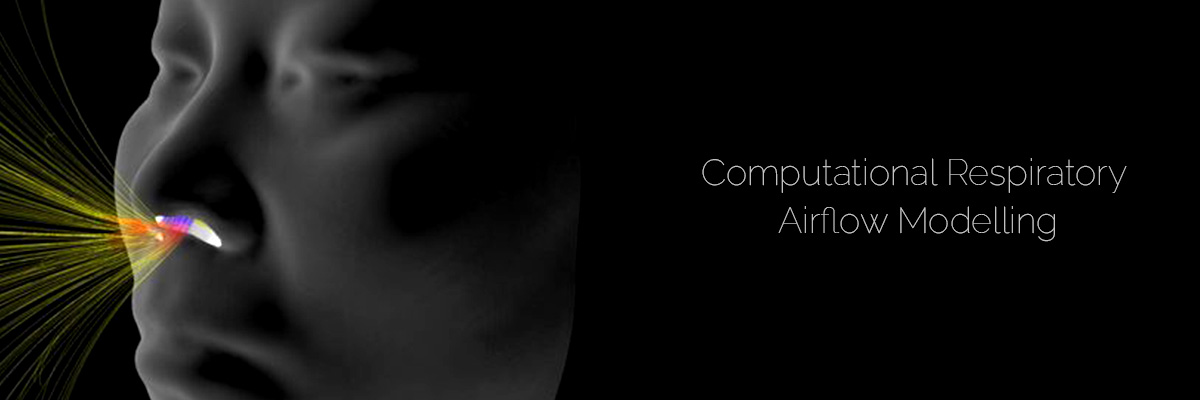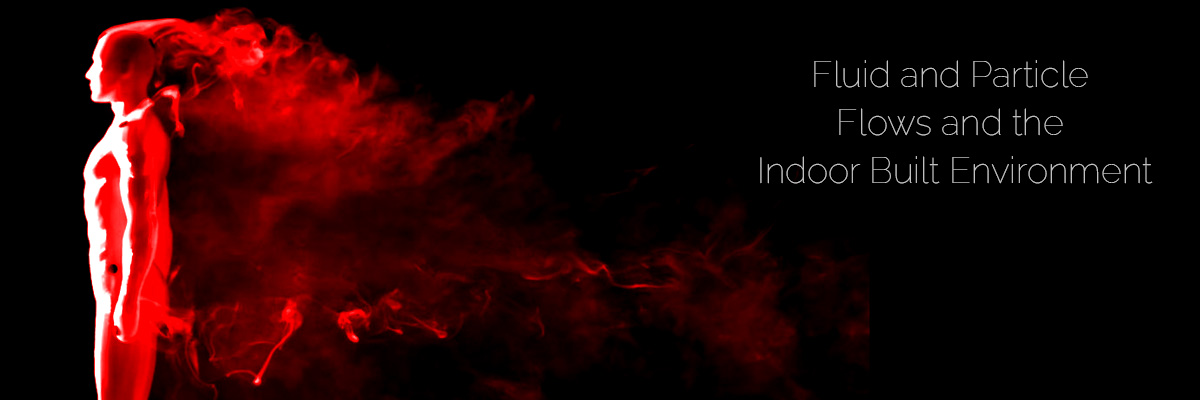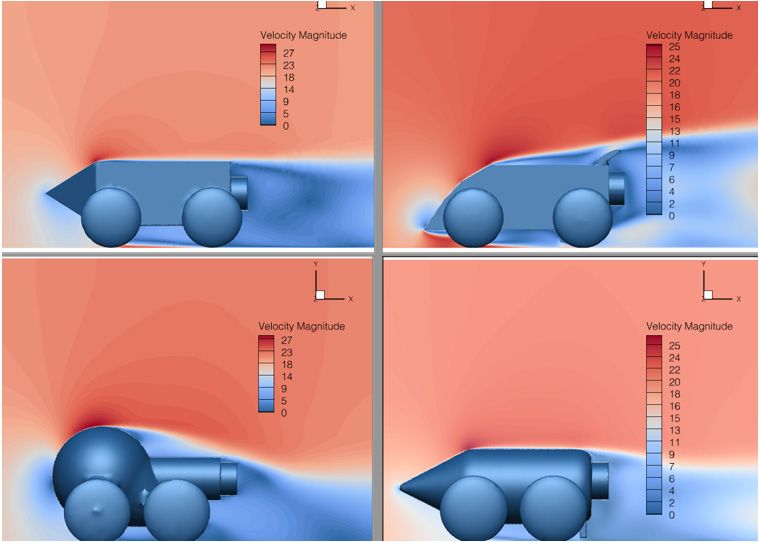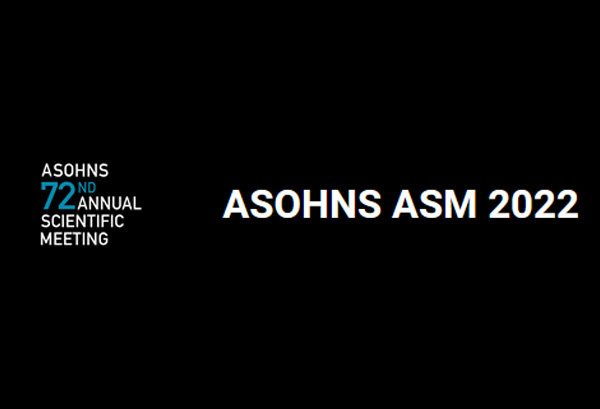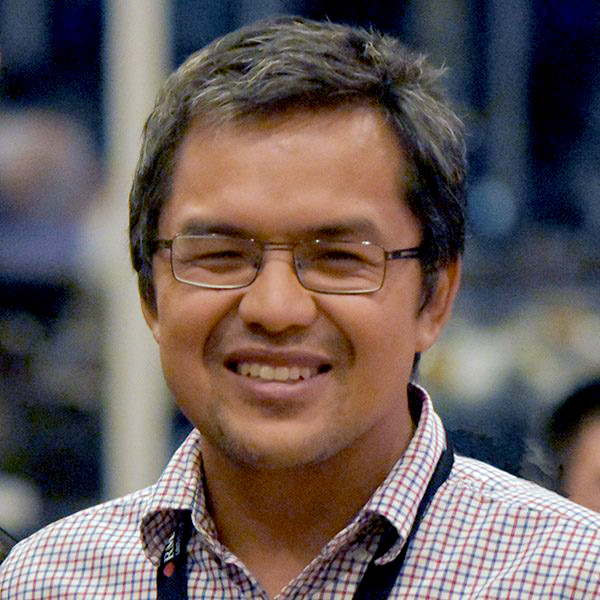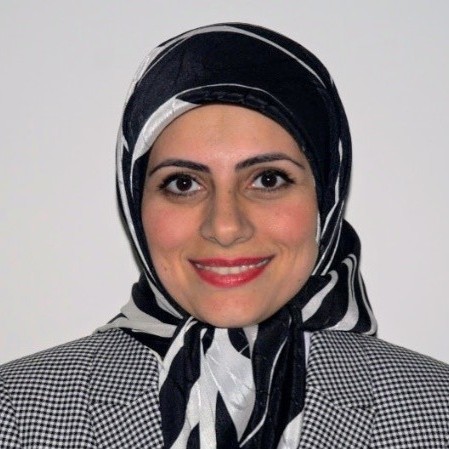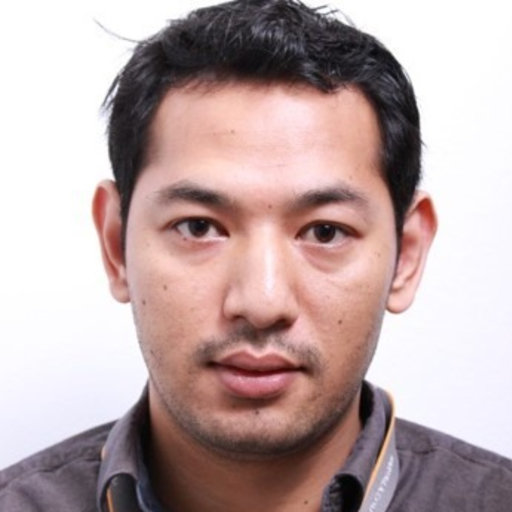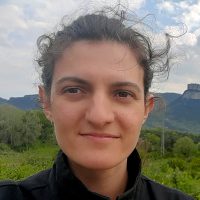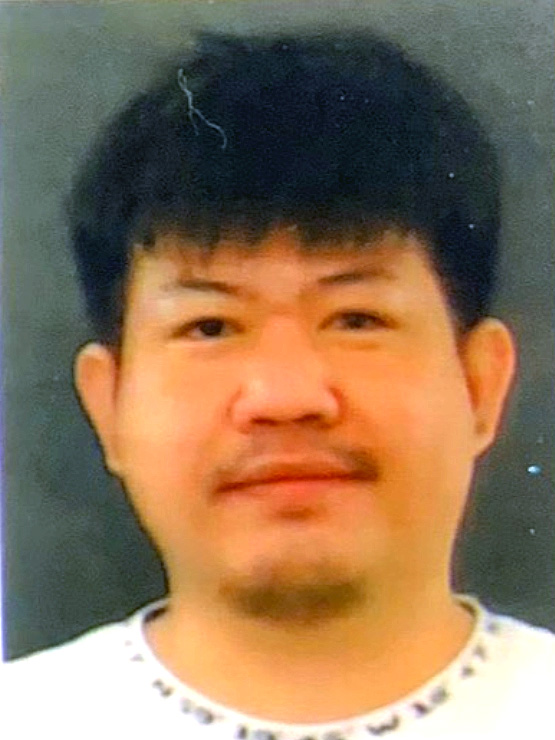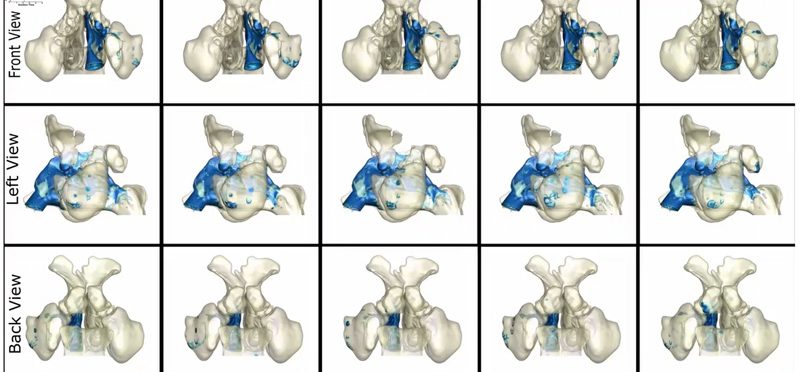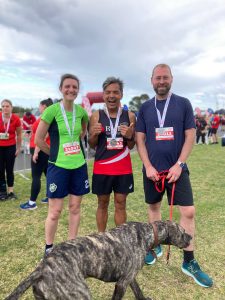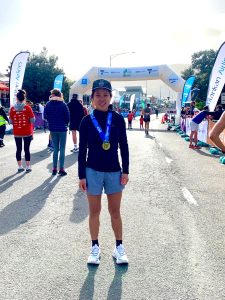Latest outputs
Inhalation Project
The inhalation project is a multi-disciplinary research project investigating health risk and injury caused by inhalation exposure. We combine computational modelling with experimental measurements to explore and better understand air-and-particle dynamics. Our outcomes translate the fundamental research to resolve practical particle inhalation issues.
Indoor Built Environment
Investigating indoor air and particle flow behaviour for improving energy efficiency, and thermal comfort in building designs and; inhalation exposure to contaminants. The ventilated air is typically accompanied by buoyancy forces due to temperature differences in the room. Any occupants inside a room introduces additional heat flux, while contaminants in the enclosed environment become prone to re-dispersion from any occupant movement.
Fluid-Particle Dynamics
We use laser imaging techniques such as PIV, LDA, and PDPA, combined with high speed filming to obtain detailed images of fluid-particle systems. For example high speed filming was used to capture a spray atomization to capture the averaged droplet diameters. We have also introduced a new visualisation technique to look at wake flows from moving objects. These results are used as basis for further detailed analysis using CFD techniques

